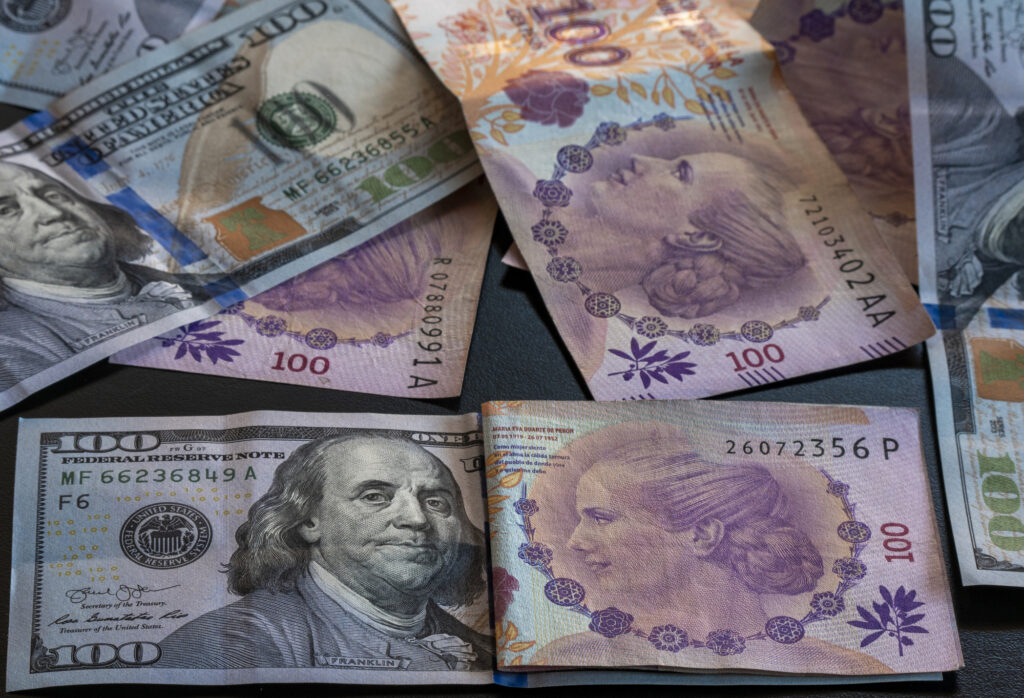By Christopher Martin
A new bill has been proposed to create a new national currency in Argentina. The Argentum (AG) would replace the peso and eliminate three zeros, echoing back to Argentina’s failed economic policy in the 1990s, where one peso equalled one dollar. The fall in this system of currency was one of the leading causes of the 2001 economic crisis that engulfed the country.
The aim of the bill, which is unlikely to pass, was brought to the Chamber of Deputies by representative Ricardo López Murphy. He argued the “need to reduce the number of zeros to simplify budgets, billing, and everyday transactions.” According to the proposal, each Argentum would be equivalent to AR$1,000 in current currency.
López Murphy is part of the Republicanos Unidos bloc in the Deputy Chamber, integrated only by himself.
The intention is to replicate what happened on January 1st, 1992, when the peso replaced the austral and eliminated four zeros, with the same aim as the new bill — to be more efficient and simplify payment processes.
The bill also tendered that “One hundredth of an Argentum shall be called a centavo (cent).”
If the bill is passed, for the currency to come into circulation, Argentines will have to wait less than six months for its first appearance — the first Argentums and Centavos would be introduced on January 1, 2026, according to the text. During the first six months of its supposed tenure as legal tender, pesos will coexist alongside it in circulation.
All salaries, pensions, and other payments will be made in the new currency. The bill also proposed a massive communication campaign in the media and social networks.
In the 1990s, Argentina fixed its peso to the U.S. dollar at a 1:1 rate to stop hyperinflation and bring stability to its economy. The scheme was known as the “Convertibility plan” and was launched in 1991 by then-President Carlos Menem and economy minister Domingo Cavallo.
It initially curbed inflation and boosted investor confidence in the country. But the fixed rate became a problem when the economy slowed. Argentina couldn’t devalue its currency or adjust interest rates to help growth. The country’s debt dramatically increased and unemployment rose, causing the system to fully collapse in 2002. The events triggered a major economic crisis and default.
